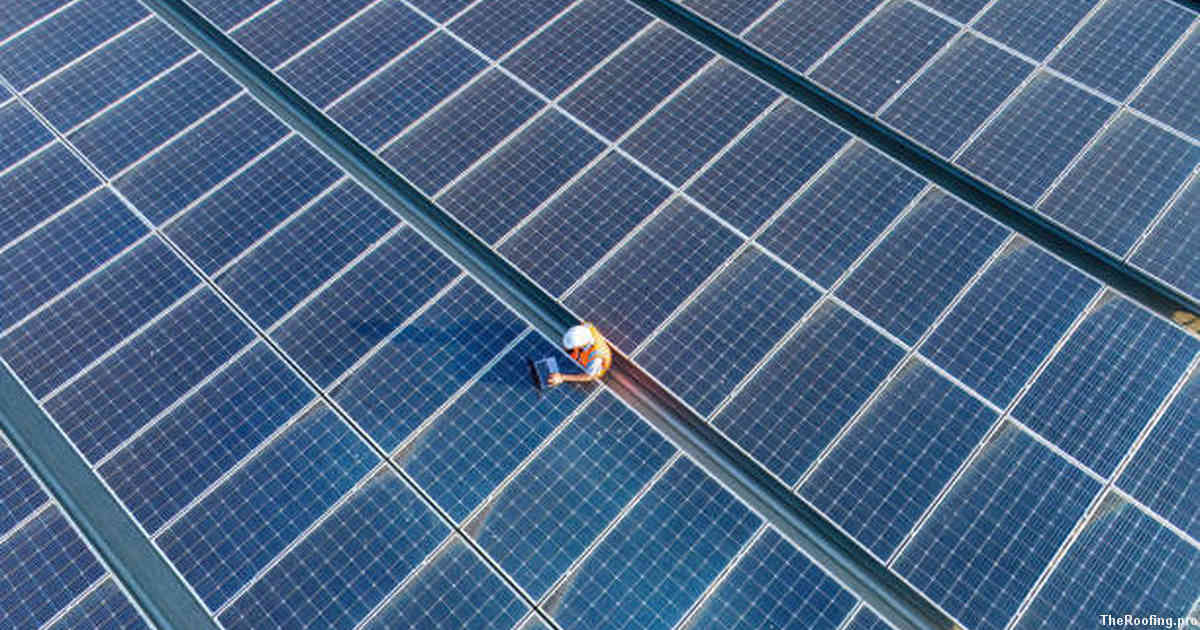
Saltbox roofs are an increasingly popular choice for home roofing due to their unique look and versatility. They can be found on a variety of homes, from traditional colonial-style houses to modern designs, making them a great option for any homeowner looking to make an impactful statement with their roof.
Contents:
- Introduction to Saltbox Roofs
- Advantages of a Saltbox Roof
- Design Options for a Saltbox Roof
- Materials Used in Saltbox Roof Construction
- The Benefits of Installing a Saltbox Roof
- Maintenance and Repair Considerations for a Saltbox Roof
- Cost of Installing a Saltbox Roof
- Final Thoughts on Choosing the Right Style for Your Home
A saltbox roof is defined by its asymmetrical design, which features two slopes that come together in the middle. The first slope is usually quite steep and runs down the front of the house, while the second has a much gentler angle and runs down the back. This gives it its distinctive shape – one side of the roof looks like a box or cube that’s been cut off at an angle (hence why it’s called ‘saltbox’).
The unique aspect about saltbox roofs is that they offer plenty of advantages over other styles of roofing; from being aesthetically pleasing to providing additional space inside your home. For example, having two different angles allows you to create extra storage areas in attics or lofts as well as more headroom when entering rooms below them. They provide better insulation than many other styles thanks to air pockets created between each slope.
In terms of construction materials used for saltbox roofs there are several options available depending on what type best suits your needs; slate tiles give a classic look while cedar shingles are popular amongst homeowners who want something more contemporary yet timelessly elegant at the same time. Other options include metal sheets or asphalt shingles – both offer excellent protection against weather elements but will require regular maintenance such as repainting every few years in order maintain their good condition over time.
Saltboxes also have various sizes and shapes too so you can choose one according to how big your property is; smaller properties may opt for shorter versions whereas larger properties could go for longer variations depending on preference or need – though this should always be discussed with your contractor before commencing work since these types of projects require professional expertise due proper installation without damaging underlying structures underneath during construction process.
Introduction to Saltbox Roofs
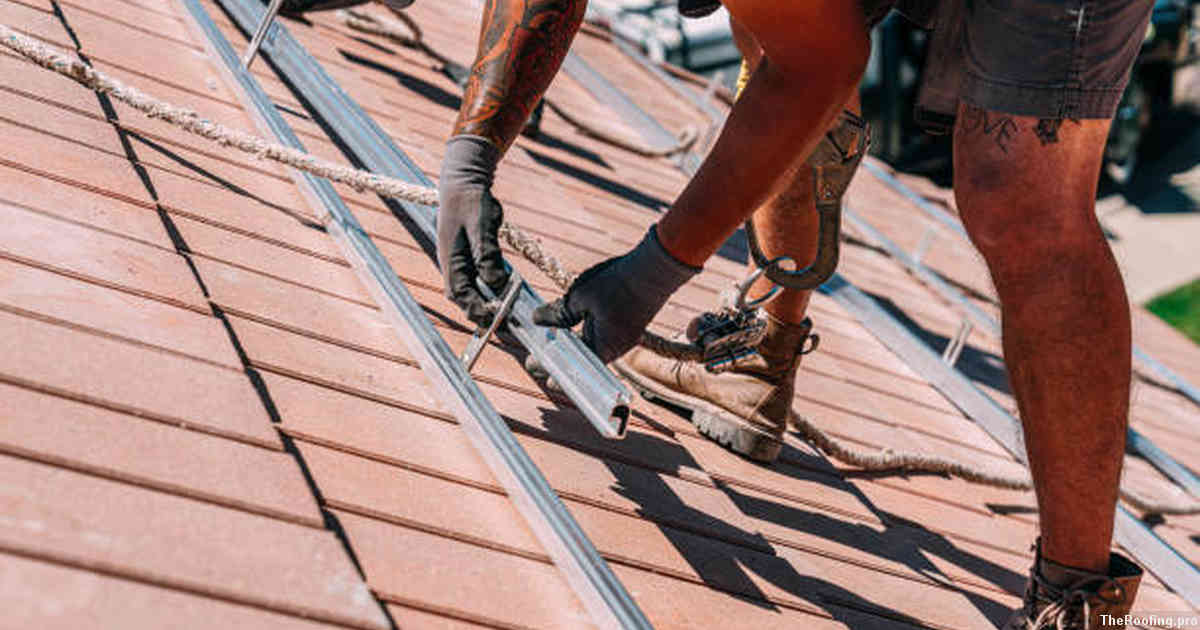
Saltbox roofs are a traditional style of roofing that is becoming increasingly popular among homeowners today. They offer a timeless look and can be seen on many homes throughout the country, from New England to the Midwest. Saltbox roofs have been around for centuries and are characterized by their distinctive shape – they resemble an inverted ‘V’ with two slopes of varying length. The longer slope typically faces the front of the house while the shorter one faces towards the back.
Saltbox roofs provide several benefits when compared to other types of roof styles, including greater weather protection and improved insulation due to their two-slope design. This type of roof also offers good drainage as rainwater is directed away from both sides rather than just one side like some other designs do. Saltbox roofs are relatively easy to install and maintain compared to more complicated alternatives such as gabled or hip-style roofs.
These unique looking roofs can add great aesthetic value to any home’s exterior since they have an interesting shape that stands out amongst its surroundings; this makes them especially attractive for those who want something different than your typical pitched or flat-roofed houses found in most neighborhoods today.
Advantages of a Saltbox Roof
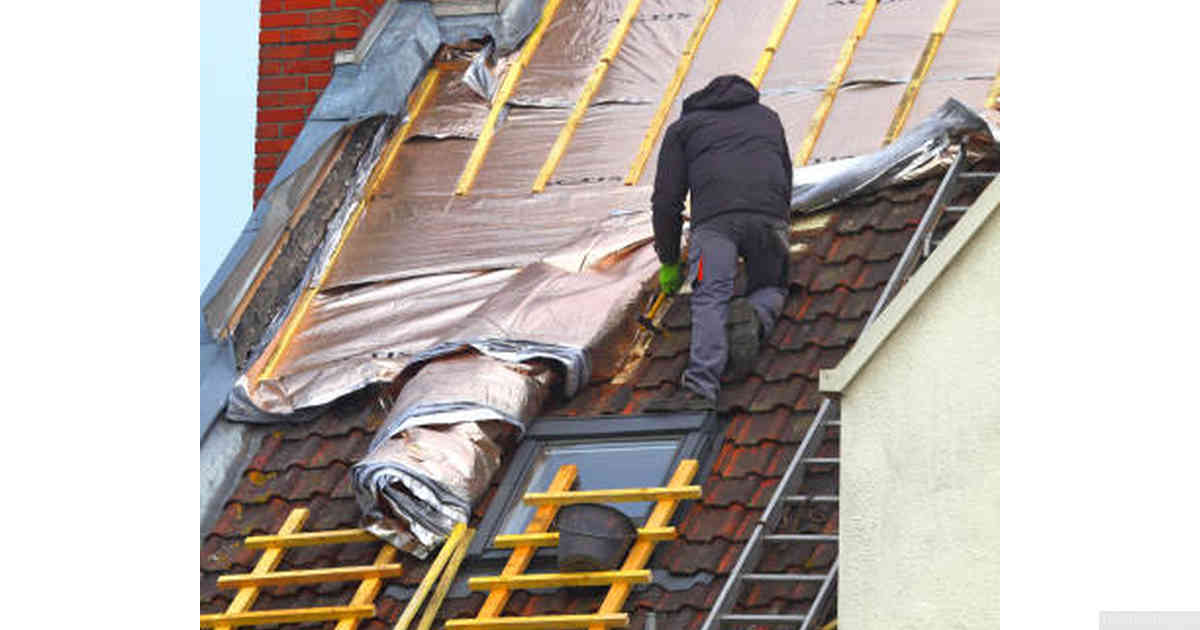
Saltbox roofs offer many advantages for homeowners looking to upgrade their roofing. A saltbox roof is a type of gable roof that slopes down in the back, creating an asymmetrical shape. This style of roof has become increasingly popular over the years due to its unique aesthetic and functionality.
The sloped design of the saltbox roof provides excellent drainage, allowing rainwater to flow off quickly and easily. This reduces the chances of water pooling on your rooftop and causing potential damage or leaks in your home’s structure. Because it has two sides with different angles, this type of roof can be designed so that one side receives more sunlight than the other; this helps create energy efficiency in hot climates where shade is desirable during summer months but warm sunshine is desired during winter months.
Saltbox roofs are relatively easy to install compared to some other types of roofs such as mansard or hip roofs; they can also be constructed from a variety of materials including wood shakes and metal sheets which are both very durable and weather-resistant options for any home’s exterior look. As well as being aesthetically pleasing, these materials will also provide good protection against wind gusts and hail storms without compromising on structural integrity or longevity – making them ideal choices for any homeowner who wants long-term value from their investment into a new saltbox roof.
Design Options for a Saltbox Roof
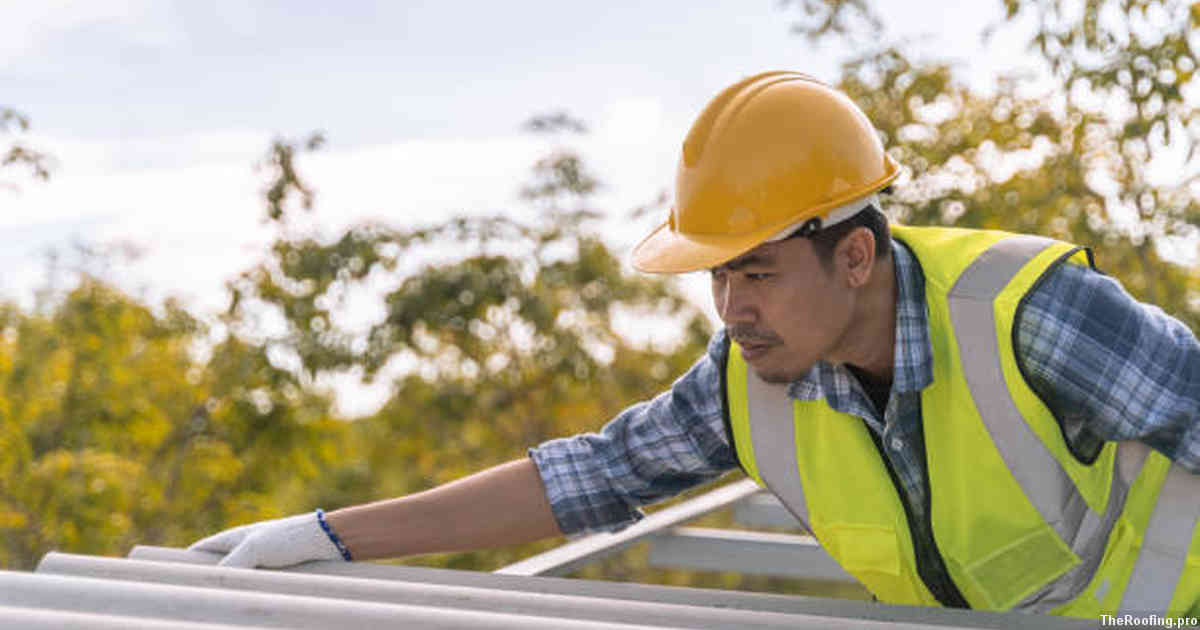
A saltbox roof is a popular choice for homeowners looking to upgrade their homes’ roofs. This type of roof is an iconic style that has been used since the 1600s, and its popularity continues today. While traditional saltbox roofs are typically made of wood shingles, modern design options have opened up more possibilities for those looking to install one on their home.
One option available when it comes to designing your own unique saltbox roof is cedar shake shingles. Cedar shakes offer a rustic look and feel while still providing great protection from the elements. They also come in different colors, allowing you to customize your roof’s look even further by choosing a color that matches your house or landscape perfectly. Another option is metal shingles, which provide superior durability compared to other materials and require less maintenance over time than other types of material like asphalt or slate tiles. Metal shingles can be painted any color you choose and can last decades with proper care and upkeep if installed correctly.
Another option for creating a custom-looking saltbox roof is architectural tiles such as terra cotta or ceramic tiles. These tiles offer both visual appeal as well as increased longevity compared to other materials due to their durable nature – they won’t crack or fade in harsh weather conditions like some cheaper options may do over time. These types of tile will allow you create intricate patterns along the ridge line of your rooftop that will add character and charm while also helping protect against water damage down the road.
Materials Used in Saltbox Roof Construction

Saltbox roofs have been used for centuries as an attractive and durable roofing option. Constructed from a variety of materials, saltbox roofs are designed to last for many years with minimal maintenance. From wood shingles to metal panels, each material offers its own set of benefits and drawbacks that must be considered before making your decision.
Wood shingles are the most traditional choice when it comes to saltbox roof construction. This type of roof is relatively easy to install, but will require regular maintenance such as resealing or repainting every few years in order to keep the wood in good condition. Wood can be more expensive than other types of materials due to its natural beauty and longevity; however, the overall cost may still be worth it depending on your budget and needs.
Metal panels offer a modern look that is low-maintenance yet still visually appealing. They come in various colors and styles which can add visual interest while also providing protection against weather elements like wind or hail damage. Metal panels are also much lighter than other materials which makes them easier to install – this translates into lower installation costs compared with other options like slate tiles or asphalt shingles. The downside is that they tend to be more expensive upfront; however, their long-term durability can often make up for the initial cost over time if properly cared for and maintained regularly.
Composite shingle roofs provide a great balance between aesthetic appeal and affordability when it comes to saltbox roof construction projects. Composite shingle roofs typically feature layers of various types of synthetic materials bonded together under pressure which provides excellent protection against water damage as well as fire resistance capabilities. These lightweight yet strong products come in different colors so you can choose one that best suits your home’s exterior design scheme without breaking your bank account.
The Benefits of Installing a Saltbox Roof
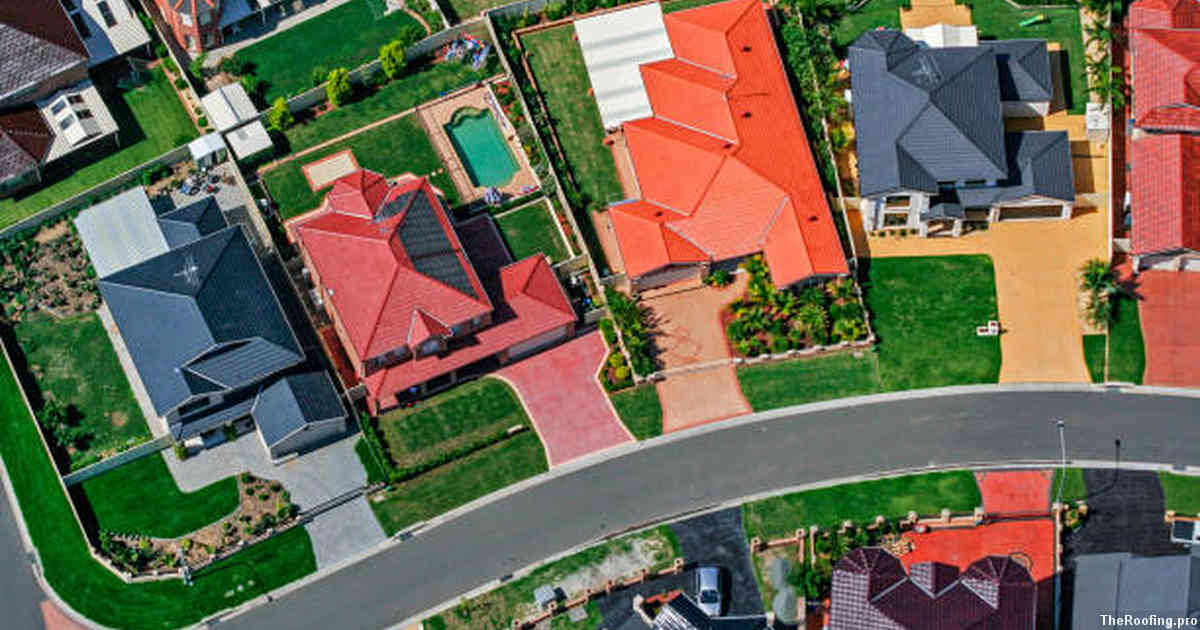
Saltbox roofs are a great option for those looking to update their home’s roofing. With the ability to stand up against even extreme weather conditions, saltbox roofs provide an excellent layer of protection from the elements. But beyond providing a strong defense against rain and snow, there are other benefits that come with installing this type of roof on your home.
One benefit is aesthetic value – saltbox roofs have become increasingly popular due to their unique style and design, which adds visual appeal to any home. The sloped sides give it a distinct look that will help set your house apart from others in the neighborhood. You can customize your saltbox roof further by choosing different colors or textures for its surface material – giving you plenty of room for creativity when designing your own version of this classic style.
Another advantage that comes with installing a saltbox roof is improved energy efficiency; since they are designed with steeper slopes than traditional flat-roofed homes, air is able to escape more easily during hot summer days or cold winter nights – helping keep temperatures regulated inside while keeping energy costs down as well. Because they require less maintenance than other types of roofs (due in part to their shallow pitch) they often last longer too – so you won’t have to worry about replacing them every few years either!
Maintenance and Repair Considerations for a Saltbox Roof
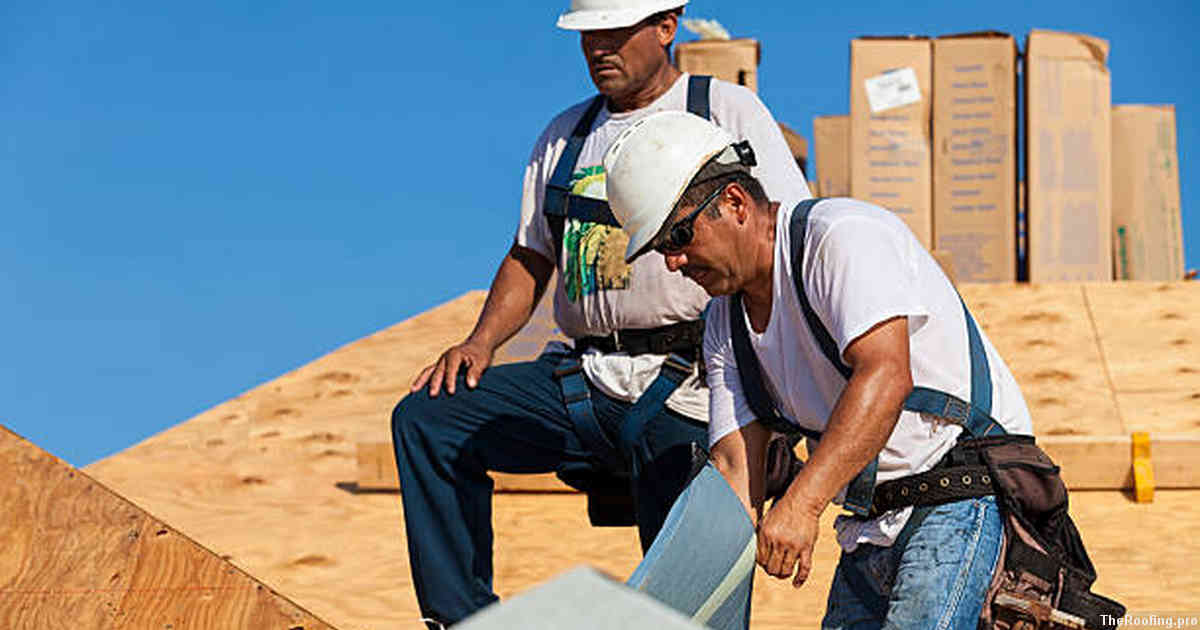
For those considering a saltbox roof for their home, maintenance and repair considerations should be taken into account. Saltbox roofs require regular inspection to ensure that the structure remains sound and in good condition. As with any roofing system, it is important to inspect regularly for signs of damage or wear such as loose shingles or other materials, holes, and water infiltration.
When inspecting a saltbox roof it is important to note that due to its steep angle, debris can easily accumulate on the surface of the roof leading to mold and mildew growth which could affect both aesthetics and structural integrity. Regular cleaning with an appropriate cleaner will help keep this issue at bay while also allowing you to identify any areas where repairs may need attention.
Saltbox roofs are prone to leakage due to the lack of overhang along one side of the structure. It is essential that all potential weak points around chimneys or skylights are sealed off correctly using suitable sealants or caulk before installing your new roof covering so as not compromise its performance in wet weather conditions. Checking gutters regularly for blockages can prevent water from backing up onto your new saltbox-style roof which could cause further issues down the line if left unchecked.
Cost of Installing a Saltbox Roof
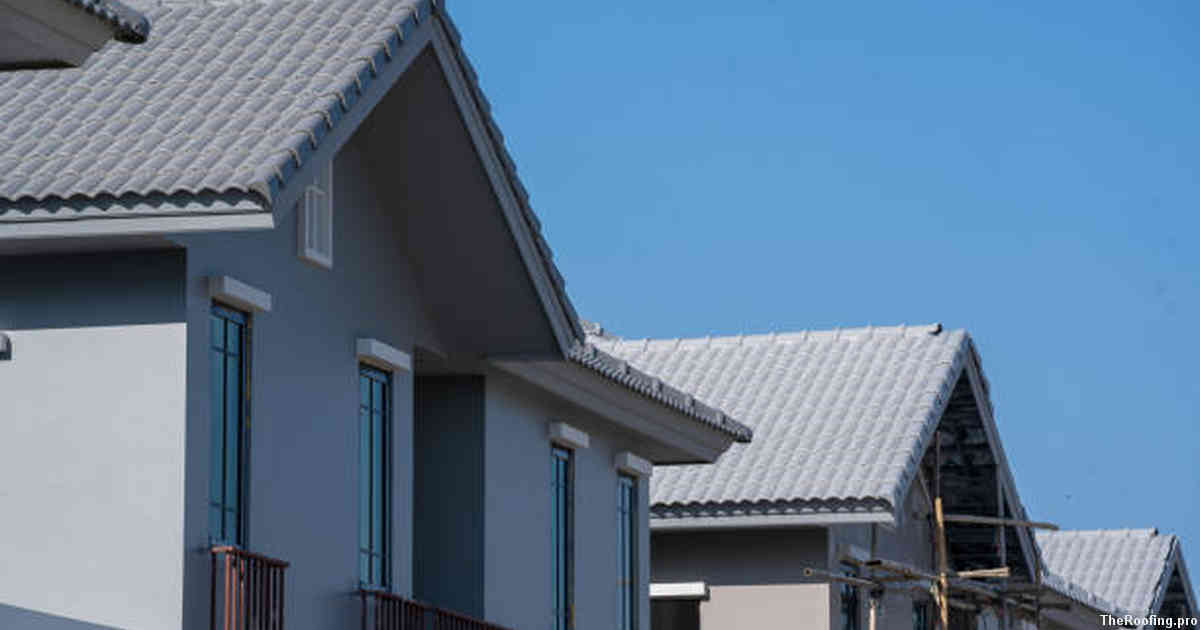
When it comes to renovating your home, one of the most important elements to consider is the roof. Not only does a roof provide protection from the elements and enhance your property’s aesthetic appeal, but it can also add significant value to your home. Saltbox roofs are an increasingly popular choice for homeowners due to their unique design and eye-catching appearance. However, when deciding on which type of roofing material you want for your home, cost should be taken into consideration.
Saltbox roofs typically require more materials than other types of roofs due to their steep slopes and long ridges that need additional support beams or trusses. The complexity of installation means that professional labor costs will usually be higher as well – making saltbox roofs somewhat expensive compared with other options like asphalt shingle or standing seam metal roofs. The total cost will depend on several factors such as size, pitch, building codes in your area and quality of materials used during construction; however generally speaking installing a saltbox roof can range between $7000-$20 000 depending on these factors mentioned above.
Fortunately there are ways to reduce expenses associated with installing a saltbox roof without compromising quality – some techniques include reusing existing frames (if possible) rather than purchasing new ones; using salvaged materials where appropriate; ordering bulk supplies directly from manufacturers instead of buying retail; etc. Ultimately investing in a good quality salt box roof could make all the difference in protecting your family and possessions for years come.
Final Thoughts on Choosing the Right Style for Your Home
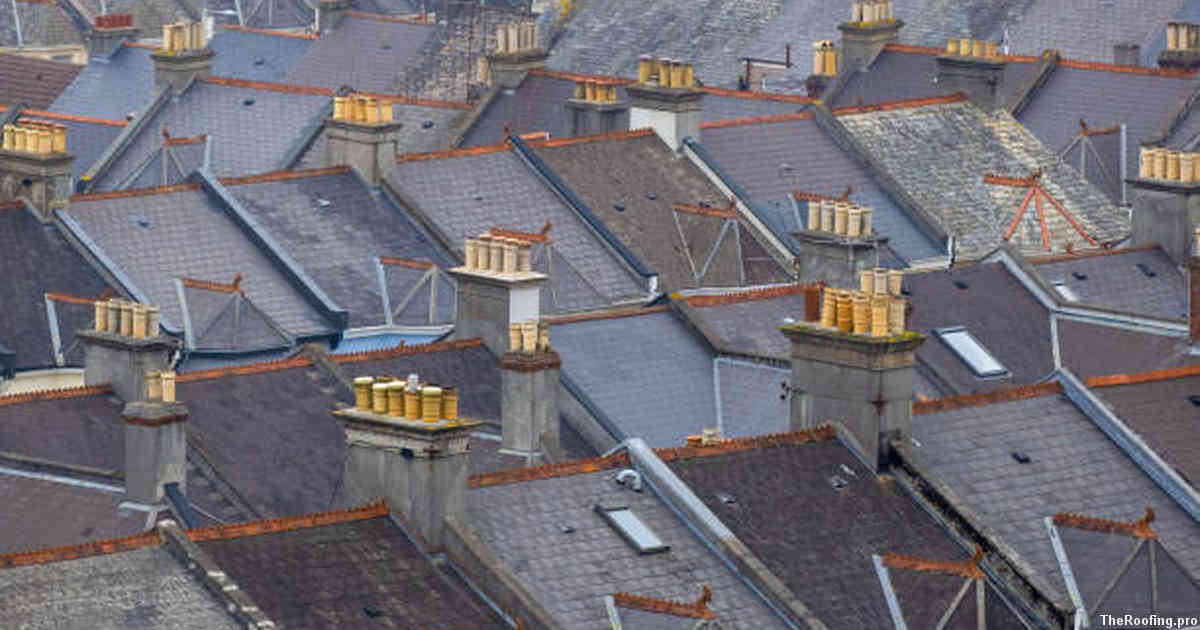
When it comes to choosing a roof style for your home, saltbox roofs can be an attractive option. Saltbox roofs provide a unique look and they also tend to be more affordable than other styles of roofs. They are also known for their durability, which makes them a great choice for any home.
When considering the right style of roofing for your home, you should think about how the shape will impact the overall look and feel of your house. Saltbox roofs have an angular shape that is quite distinctive and adds character to any building or structure. This type of roof is often used on older homes or cottages as it provides a nostalgic charm that many people find appealing.
In addition to its aesthetic appeal, saltbox roofs offer excellent insulation benefits as well as being relatively easy to install and maintain over time. The sloped design helps keep rainwater away from windows and doors while providing additional protection against wind damage during storms or extreme weather conditions. This type of roof is fire-resistant making it ideal if you live in an area prone to wildfires or other disasters related to extreme temperatures changes such as hail storms or tornadoes.
Choosing the right style of roofing for your home can make all the difference when it comes time to sell your property too since potential buyers may be attracted by its unique appearance over traditional shingle options offered elsewhere on the market today. Saltbox roofs are becoming increasingly popular due their versatility in terms of both looks and practicality so consider adding one if you’re looking for something different but still reliable enough when protecting your family from outside elements like sun exposure and rainwater seepage into interior spaces within your residence at all times.